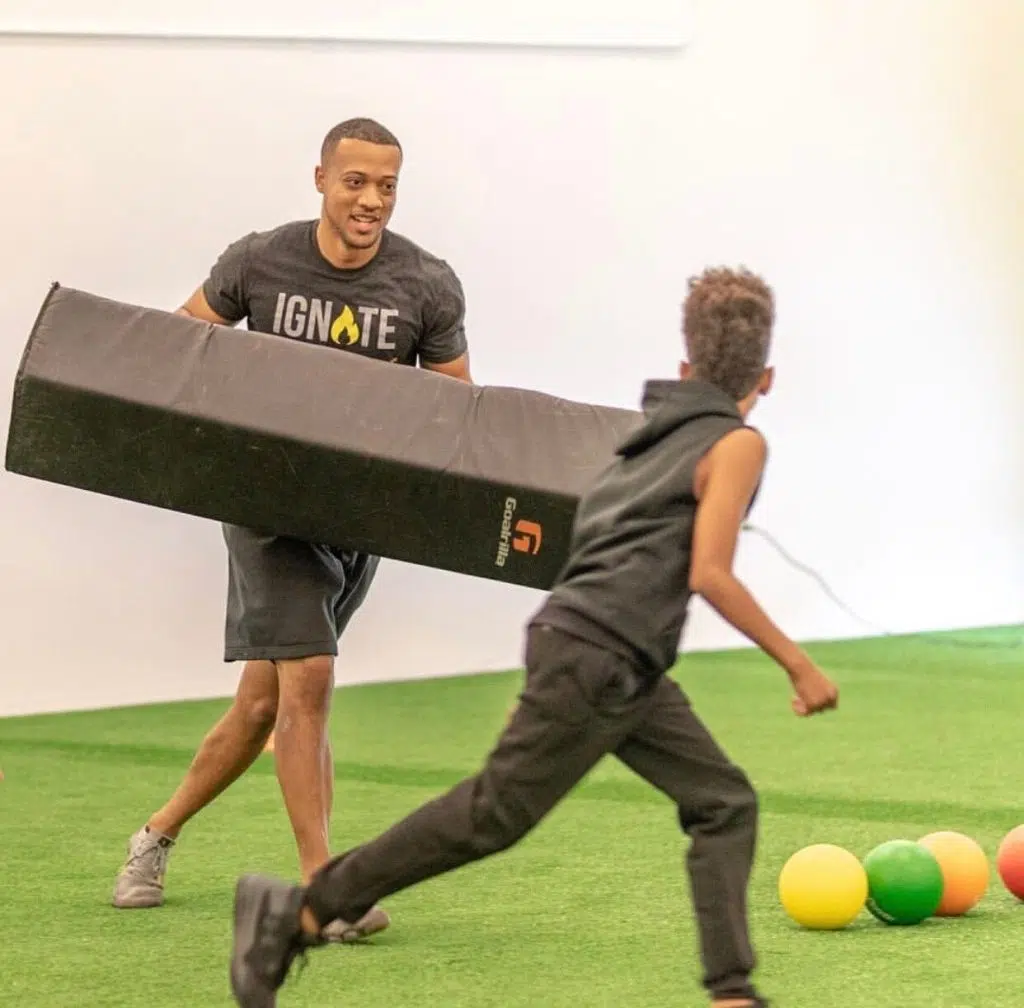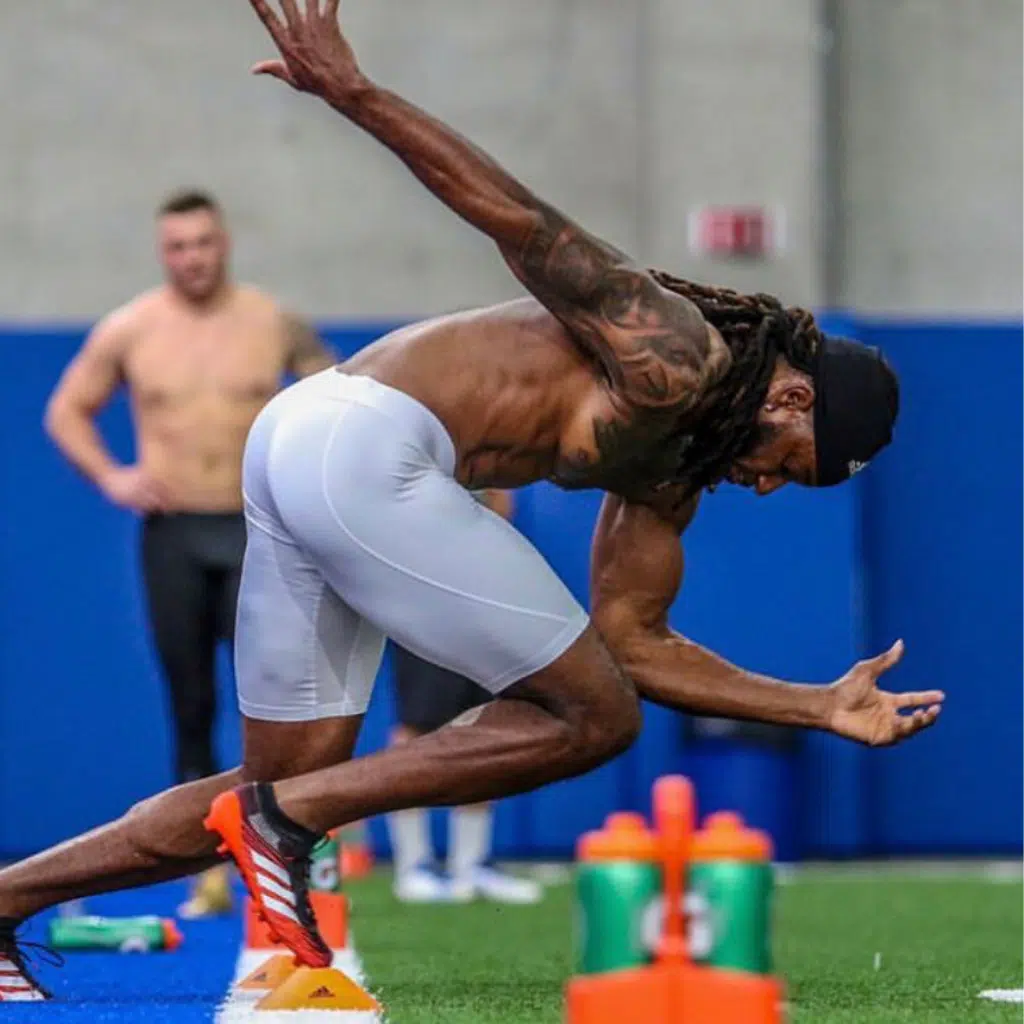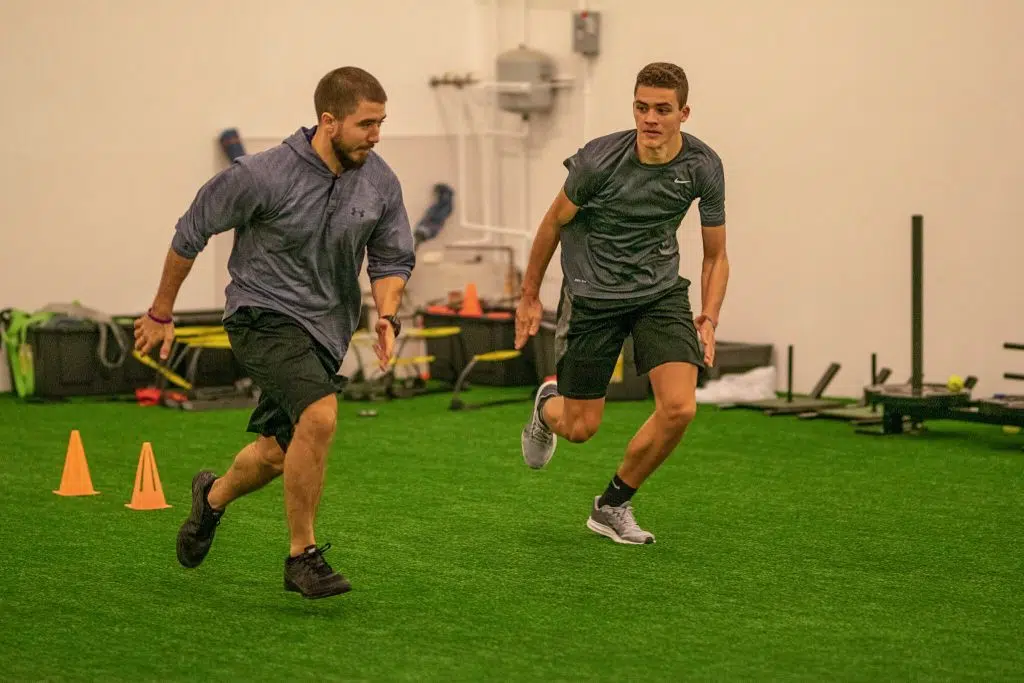You know those foamy, tube things you see at the gym?…yeah those are called foam rollers. Although gaining traction in popularity, foam rollers are still a very underutilized piece of equipment.
Foam rolling is an important part of a well rounded fitness program. Leaving it out is a mistake that can lead to injury, and decreased performance. Today we are going to go over those benefits, and I will show you my go-to-foam roll routine.
Benefits of Foam Rolling
The foam roll has many uses, but for our purposes, we will talk about using it for SMR (self myofascial release). SMR is essentially a form of self-massage that helps facilitate the proper function of muscles, fascia, and joints. There are many ways to utilize SMR, but foam rolls are the most common, and very readily available.
Some foam roll benefits include:
- Improved join function and increased joint ROM (range of motion)
- Increased circulation
- Injury prevention
- Correcting of muscle imbalances
- Decrease exercise related stress on the body
- Improve recovery
My Foam Roll Routine
The following routine is my typical go-to foam roll routine. I do this before I workout as part of my warm-up. This is something you can follow before you start your workout. Now with that being said, this isn’t a one size fits all program. If there are certain areas where you have more tightness or have sustained previous injury, then focus more on those areas. For the most part, you can foam roll just about any body part. There are no steadfast rules to how long to foam roll, but below are some general guidelines:
- How long to foam roll: TAKE YOUR TIME and relax. 30-60 seconds each body part. Spend more time on areas that need it
- Frequency: At minimun, every workout. Preferably every day.
- When to foam roll: Pre-workout is preferred, but there are post exercise benefits as well
Calf
I like to start my foam rolling routine from the bottom up. Therefore, the calf area is the first area I like to hit up when I start foam rolling.
Consider how much we use our calf during the day. Walking, running, sprinting, going up stairs. With that being said, our calf can get pretty tight throughout the day. That can affect our gait, which can have implications on how we perform during workout and every day functions. This is especially true if you are performing any athletic based, or olympic movements during your workout.
Hamstrings
The hamstrings are one of the larger lower body muscle groups. Tight hamstrings can lead to problems such as low back pain. Although most people associate the hamstrings as just one muscle group, the hamstrings are in fact made of 3 muscle groups.
Try and target each part of the hamstrings by turning your foot in and out you focus on the medial (inside) and lateral (outside) parts of the hamstrings. Roll all the way from just above the back of the knee, till the bottom portion of the glutes.
Quads
The quads are a group of three muscles. Rectus femurs (middle part), vests medials (inner part), and vastus laterals (outside part).
What I find is most people tend to focus on the rectus femoris, but forget the other parts. The vests lateralis in particular tends be tight in runners, or people with chronic knee pain. Be sure to focus your rolling on each part of the quad, but pay particular attention to the lateralis.
IT Band
The IT band is a common problem area, especially for people who are avid runners. The IT band is a large piece of fascia connecting the illium (hip) and and the tibia (lower leg).
Much like the vastus laterals, Tightness in the IT band can lead to patellar tracking issues and knee pain. Rolling the IT band is painful initially
Glutes/Piriformis
When people talk about rolling out their glutes, this is what they’re usually talking about. Many people out there suffer from extremely tight hips. This is one of the remedies for that. The piriformis is one of the glute muscles that is runs a little more deep, and less superficial than other ones.
This is one I highly reccomned for anyone with chronically tight hips, or back pain. On this one, crossing over the leg you want to roll makes the stretch a little more deep and intense.
T-Spine
As you seen is one of my previous posts, tight t-spines are a BIG problem in our society. Sitting at a desk, and spending all day on the phone can wreak havoc on posture. Thats why mobilizing the T-spine is important before a workout.
On this one, you’ll want to support you your neck and extend backward to open up the t-spine. Perform 10-15 reps.
Lats
The lats are probably the most overlooked on muscle when it comes to foam rolling. The lats are a large muscle that we use very frequently. They are used as agonists during pulling movements, and antagonists during pushing movements. Tightness in the lats can lead to all types of dysfunctions including shoulder pain and low back pain.
Warning: this one hurts! If you are not feeling discomfort when you are doing this, then you are probably not doing it correctly!
For athletes and general pop alike, a foam roll routine is a must. But just like any routine, it takes time and consistency. There is no overnight fox. Take a few minutes, and add foam rolling to your routine for more efficient and effective workouts.












